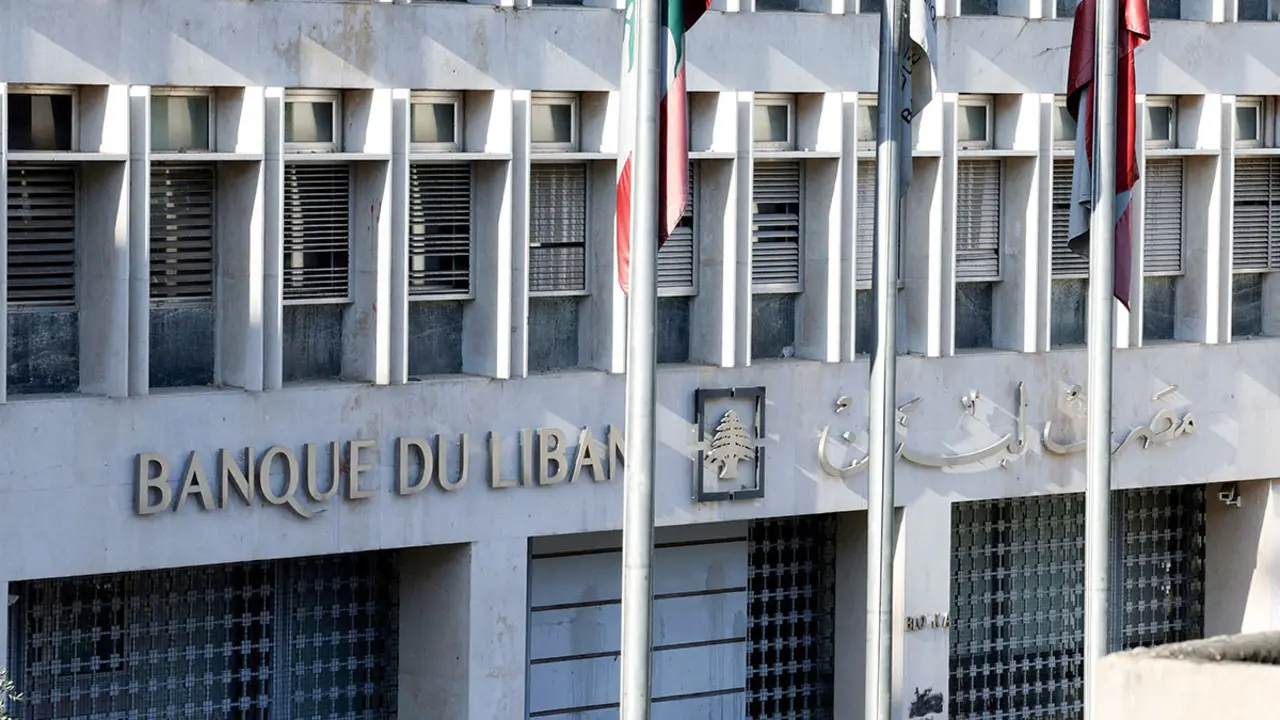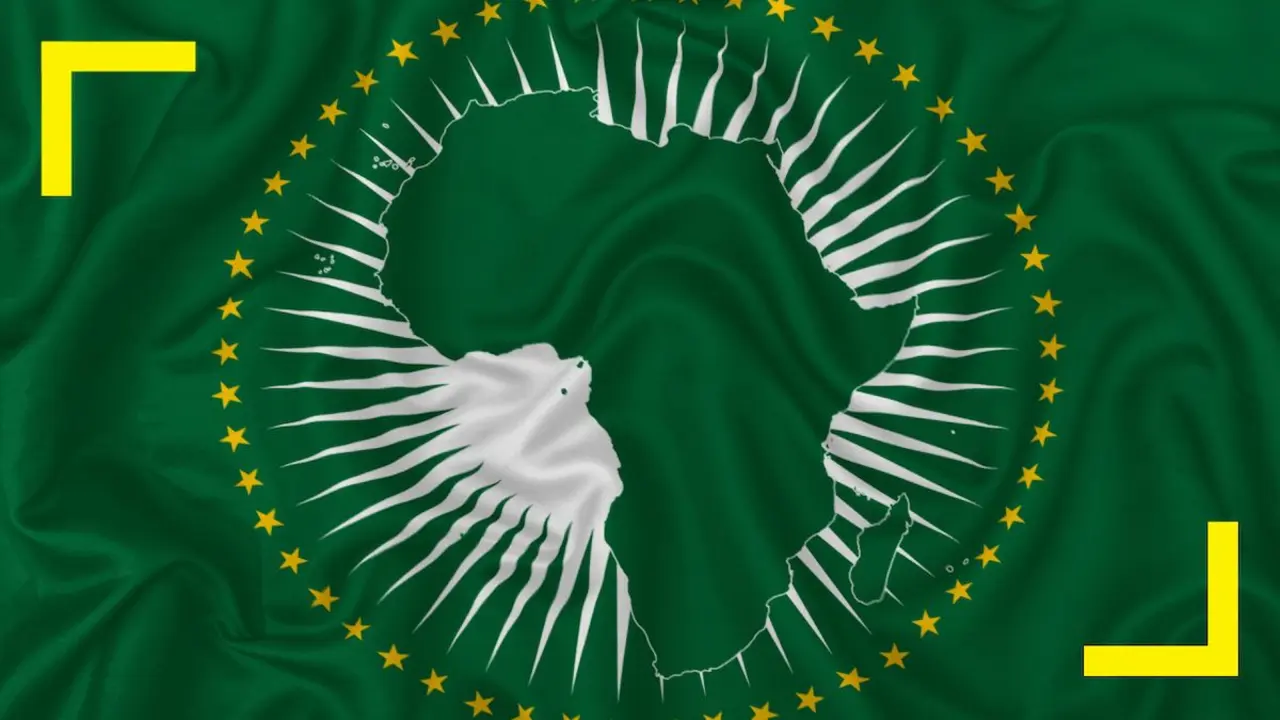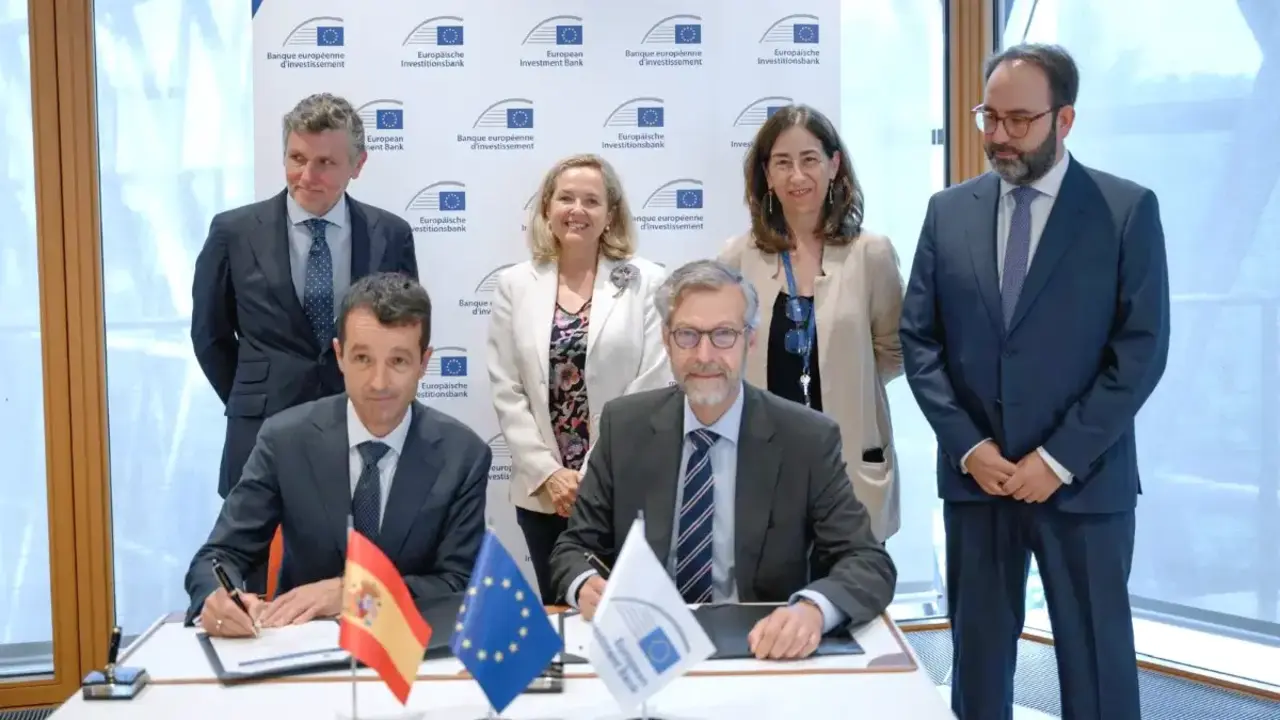The euro falls to its lowest level in two decades
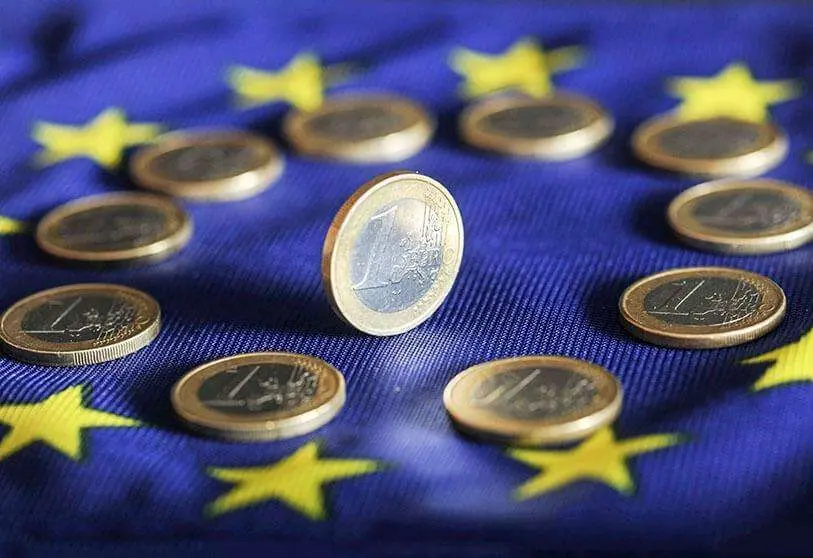
The euro has reached its lowest level against the dollar in 20 years torpedoed by the energy crisis stemming from Russia's invasion of Ukraine and the shadow of recession hangs over Europe.
Europe and the world in general are experiencing terrible inflation fuelled by soaring prices, especially in the energy sector. Russia's latest decision to completely shut down the Nord Stream pipeline has exacerbated the situation and the crisis in the cost of energy sources such as gas and oil is generating significant inflation and is hitting the EU's currency hard.
The euro fell below 0.99 dollars on Monday amid the threat of a recession in the European Union due to the gas crisis exacerbated by the latest interruption of gas supplies from Russia to the Old Continent.
The euro was trading as low as 0.9879 dollars, falling below the 0.99-dollar mark as the energy crisis resulting from the war in Ukraine has been weighing on the euro for months.
Recession threatens the European economy. The phenomenon of recession is a significant decline in economic activity that can be measured by a year-on-year drop in real Gross Domestic Product, and occurs across the board over a significant period of time. So the outlook is bleak for the European continent.

The euro is currently experiencing its weakest market situation since 2002 when the EU currency officially came into existence.
In the final hours of European currency market trading the previous day, the euro was $1.0014 before losing parity with the US currency and falling below the $0.99 per euro level.
The US dollar is the benchmark in the commodities market and this means that European importers are finding it harder to get hold of oil and gas in the current context of booming prices.
Since 7 June alone, the European currency has lost 20% of its value, exacerbating a difficult situation marked by exaggerated energy prices. Inflation is hitting Europe harder than the United States and this is demonstrated by data from the CPI price index, which in July fell from 8.9% to 8.5% year-on-year in the US, while in the euro zone it rose from 8.6% to 8.9%.
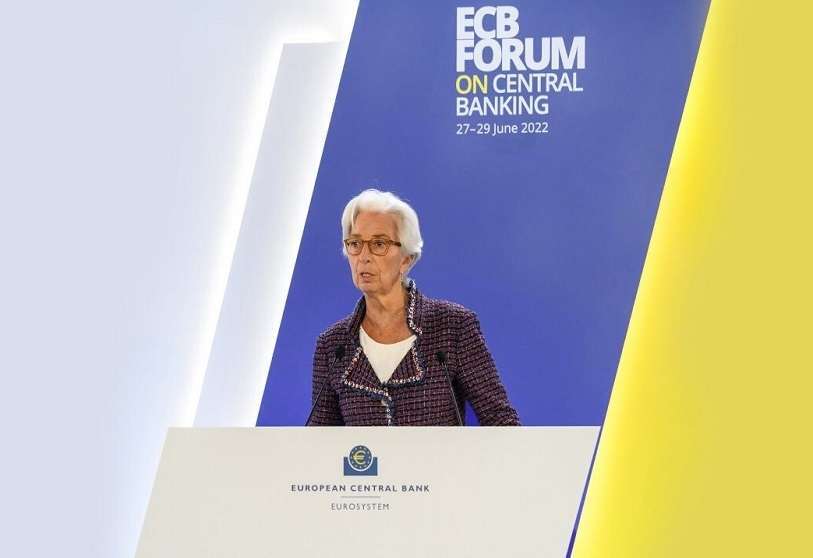
Various economists assume that the price rate in the euro zone will be well above double digits (more than 10%) in the coming months, as reported by the media La Información.
Meanwhile, the European Central Bank will meet on Thursday to raise interest rates in an attempt to reduce the current high inflation. Under normal circumstances, if inflation is too high because demand exceeds the amount of goods and services available, interest rates can be raised to make credit more expensive. As a result, the economy may cool down and inflation expectations may moderate with a consequent reduction in inflation or rise in prices.



